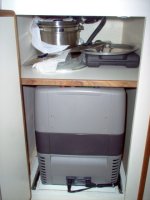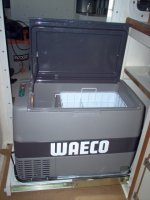ssobol
Active member
- Joined
- Oct 27, 2012
- Messages
- 3,664
- Reaction score
- 20
- C Dory Year
- 2008
- C Dory Model
- 22 Cruiser
- Vessel Name
- SoBELLE
Mine are dual cycle from wally world. Group 24 were around $80-90 each. Mine are new this summer, but the previous ones were there for at least 5 years (came with the boat). Replaced them when they fairly suddenly would only take a surface charge.
One thing to be aware of is that according to CR there are northern and southern formulations of the Walmart batteries, at least for the car batteries. They are supposed to be tailored for the expected conditions of where they are used. You probably want to get the correct ones for your primary boating area.
One thing to be aware of is that according to CR there are northern and southern formulations of the Walmart batteries, at least for the car batteries. They are supposed to be tailored for the expected conditions of where they are used. You probably want to get the correct ones for your primary boating area.


